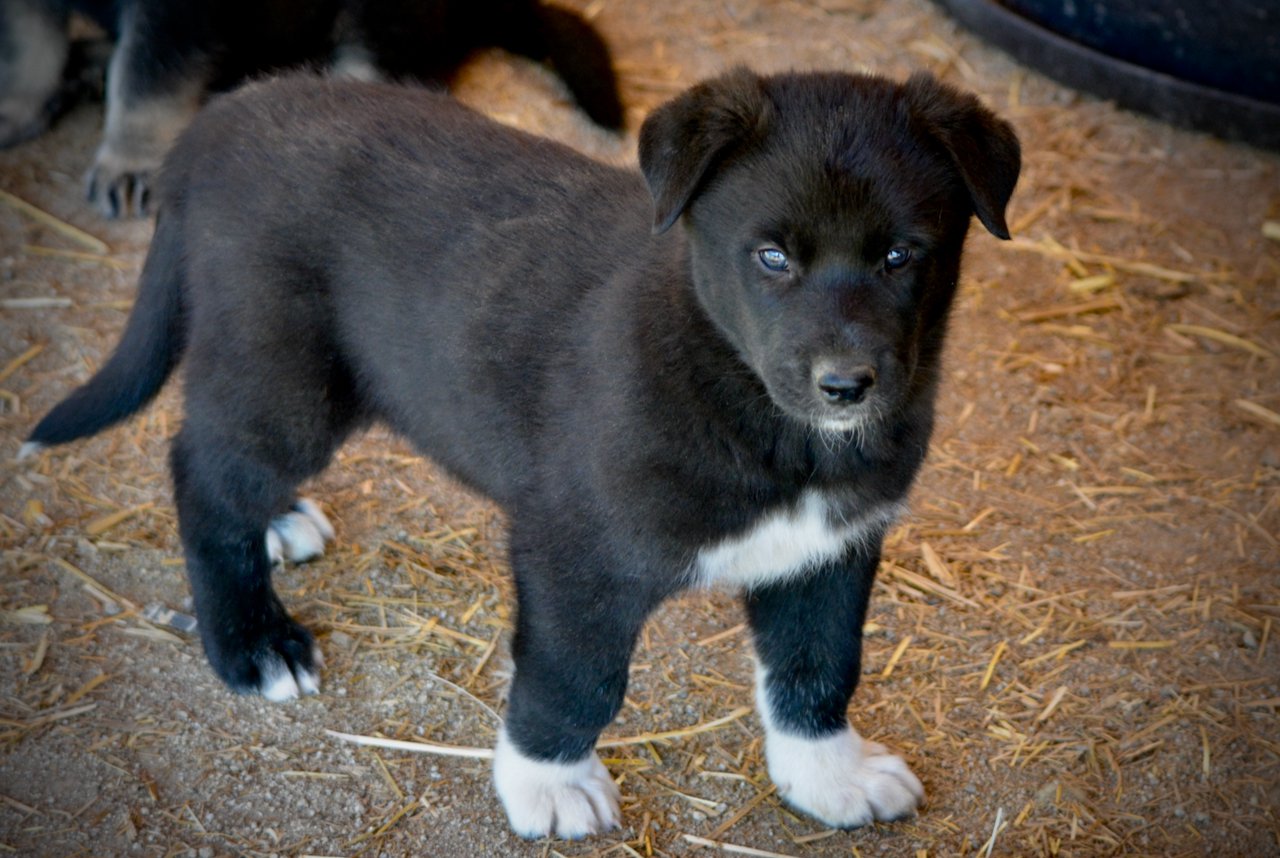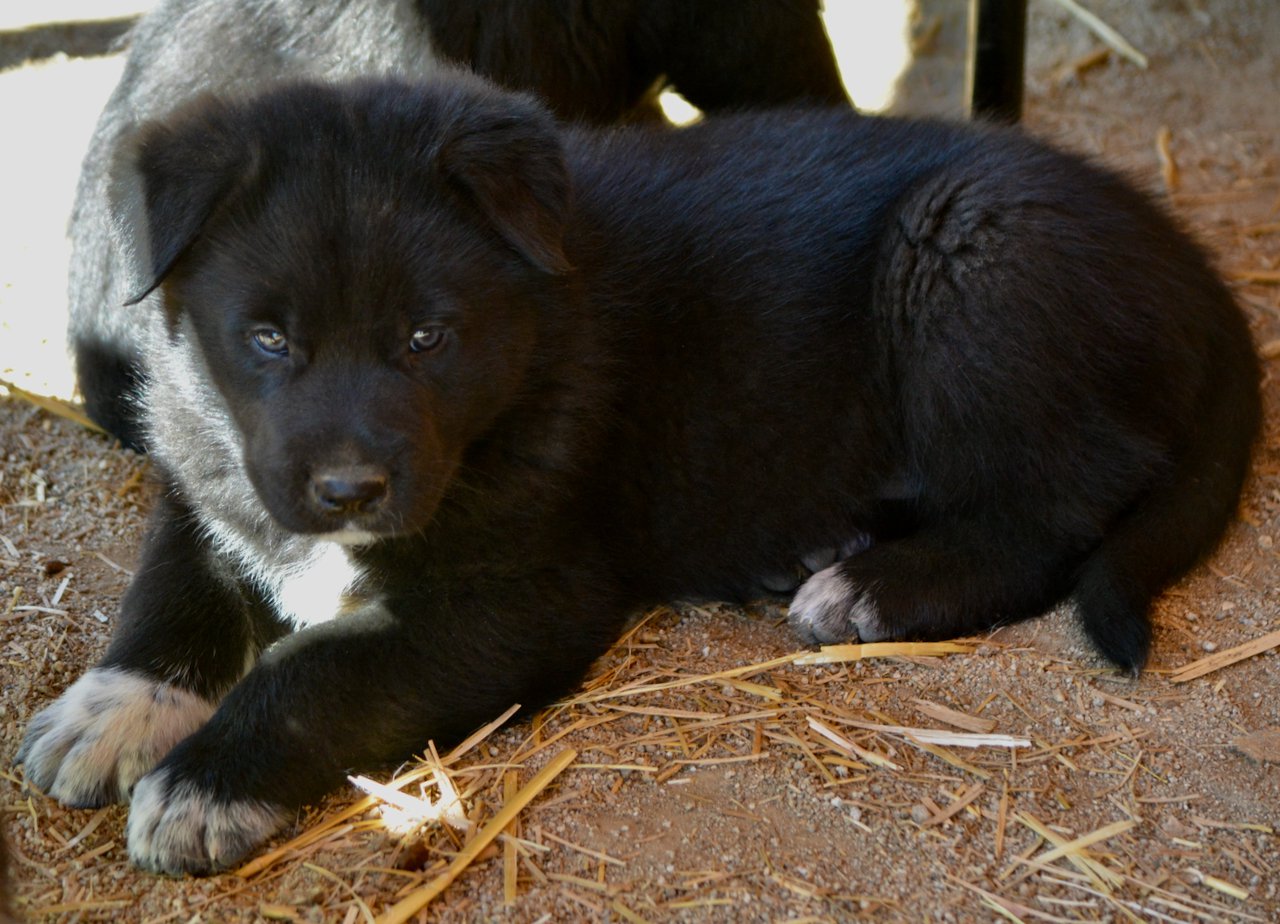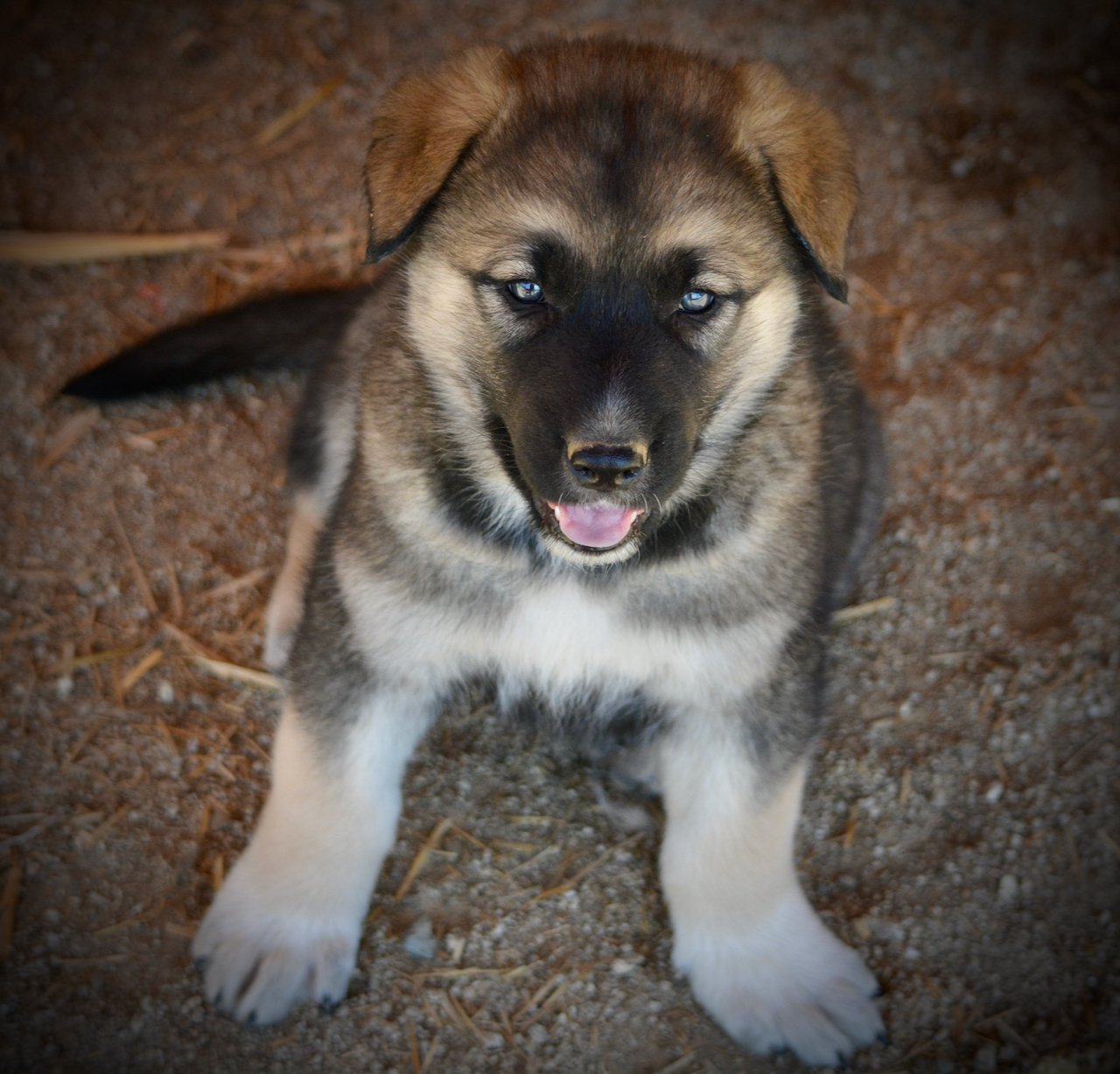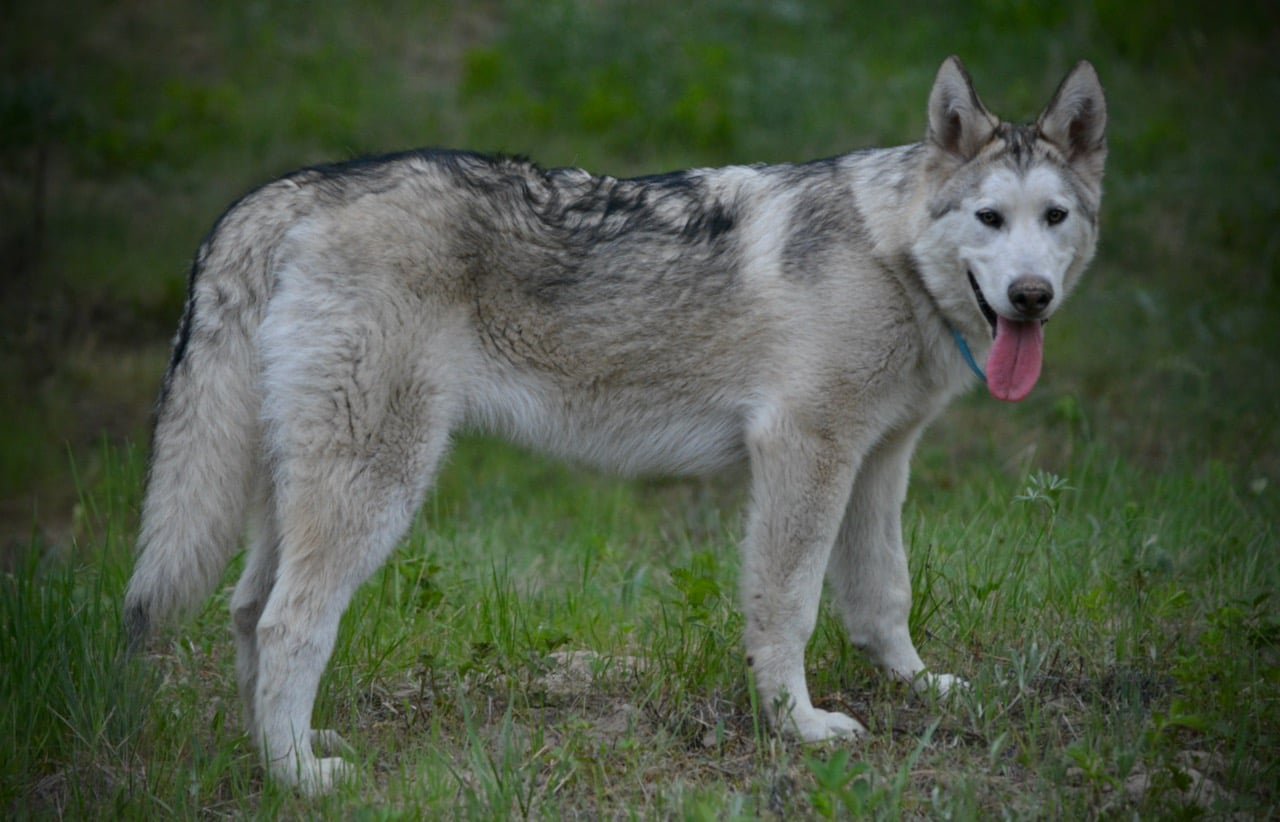10 essential items you need before your new puppy arrives
By Jennifer Stoeckl, MAT - Dire Wolf Project CEO, May 28, 2024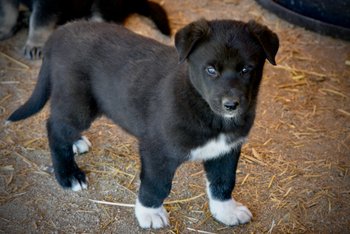
The Luck of the Irish litter puppies are going home!
Time to prepare those last minute items.
Here are the 10 essential items you need to acquire before you new puppy arrives.
- First off, feed your puppy correctly right from the start. We recommend feeding a no grain kibble with added supplements. We feed Taste of the Wild High Prairie puppy formula with added Tylee’s freeze-dried mixers. We also use Nupro or NuVet Lab supplementation for added vitamins and minerals. Upon arrival, we will hand you a gallon bag of our food in order to help transition to whatever you are going to use. Puppy tummies will thank you if you start with a 75/25 mix (our food/new food) for the first two days. On the third day, feed 50/50 (our food/new food) for two more days. On the fifth day, feed 25/75 (our food/new food) for two more days. Then, your puppy will be ready to go all in on the new food.
- Next, get a crate. We recommend a wire crate with a divider and a cover. This crate should be placed next to your bed. This is so you can reach your fingers through the holes if your puppy needs to be reminded that he/she isn’t really alone. We provide you with a heartbeat snuggle toy and a litter-scented blanket that can also help with the pains of being alone for the first time.
- Third, get an exercise pen. This should be placed in an area of the house where you often are. You want puppy to be able to see the family as they move about their day, but be contained in a safe area. Exercise pens are like baby playpens. They keep your puppy safe away from wires, cords, etc. Read my article on containment linked below if you want more information.
- We recommend starting a young American Dirus puppy out with a medium-sized harness and a retractable leash. Use this leash combination ONLY until your puppy understands leash pressure. This is to allow puppy to explore and save puppy necks from sudden, unpredictable pulling. (Hint: leash pressure must be taught because it goes against a dog’s natural instincts).
- Once puppy understands leash pressure, you can move to a slip lead. Slip leads allow puppy to feel even subtle leash pressure, giving your puppy an ability to respond to the lightest change in direction. (Hint: Do NOT use a prong collar or e-collar on a young puppy. Teach them what to do first. ONLY use corrective dog training equipment after a dog UNDERSTANDS and isn’t complying. For most people, it takes at least 6-8 months to get to this stage and even then, I wonder.)
- Use high-value training rewards. These would include freeze-dried liver treats, cut-up hot dogs, cheese cubes, etc. Your puppy begins training THE MOMENT it arrives. The first thing to do is called “charge the mark” in trainer speak. You want to say or click a mark (you can use a word, like “yes” or a sound, like a clicker). Whenever puppy hears that word/sound, it is rewarded with a high-value treat. You want your puppy to anticipate the reward when it hears the sound. Once puppy understands the word/sound means a yummy reward is coming, you can teach your puppy ANYTHING. Catch your puppy doing what is right (like laying down when humans are eating) and “mark” that behavior. (Behavior + yes/click + reward = “That thing I just did was good, I will do it again for more rewards."). The mark (yes/click) allows you to precisely tell puppy exactly when it was correct. Without a mark, puppy has to guess the exact moment its behavior was correct.
- Purchase several toys and ROTATE them out to keep them exciting. We recommend long lasting toys that won’t fray or come apart where puppy can swallow them. Toys that are acceptable would be fire hose toys, rubber Kong, plush toys that aren’t stuffed, and interactive treat-dispensing puzzle toys without loose parts. Toys to use ONLY UNDER SUPERVISION: rope toys. At the first signs of fraying, toss out. Rope toys are dangerous if ingested.
- Purchase several chew toys and ROTATE them out, as well. We recommend long lasting chews. Here’s a list of some of our favorites. Yak chews, kibbles/treats frozen in ice cube trays, bully sticks, knuckle bones, goat hooves (stinky!), antlers, dried trachea, Nylabone Healthy Edibles and Durachew.
- PRO TIP: We use a stainless steel water bucket, such as a milking bucket, even with puppies. This is the best way we’ve found to stop water on the floor after drinking. Get a 13-16 quart size. Don’t fill it to the top, but only about 3/4 full. When dogs drink, they cup the back of their tongue like a spoon and draw their tongue up into their mouth. This action causes some water to spill out of the sides of the mouth. Water usually ends up on either side of them, generally on the floor. When a dog must put his muzzle in a bucket, the side spillage hits the side of the bucket and not on the floor.
- Grooming supplies that will come in handy and help you teach “Lap Therapy”. We use a “slicker” brush for penetrating between the hairs and reaching the undercoat. We also recommend a good set of toenail clippers. We like the large nail trimmer, but many families train their puppy to accept a Dremel.
Next Wednesday, May 29th, the DireWolf Express will depart the station.
Hedy, Dreamer, Lucky Charms, and Patrick are all heading out on the long trip back east to meet their new families.
The FREE PolarSteps app set up with the “Luck of the Irish Trip” listed under Jay Stoeckl.
I hope you will follow the trip.
https://direwolfproject.com/direwolf-dogs/direwolf-express/direwolf-express-tracking/
Jennifer Stoeckl is the co-founder of the Dire Wolf Project, founder of the DireWolf Guardians American Dirus Dog Training Program, and owner/operator of DireWolf Dogs of Vallecito. She lives in the beautiful inland northwest among the Ponderosa pine forests with her pack of American Dirus dogs.
